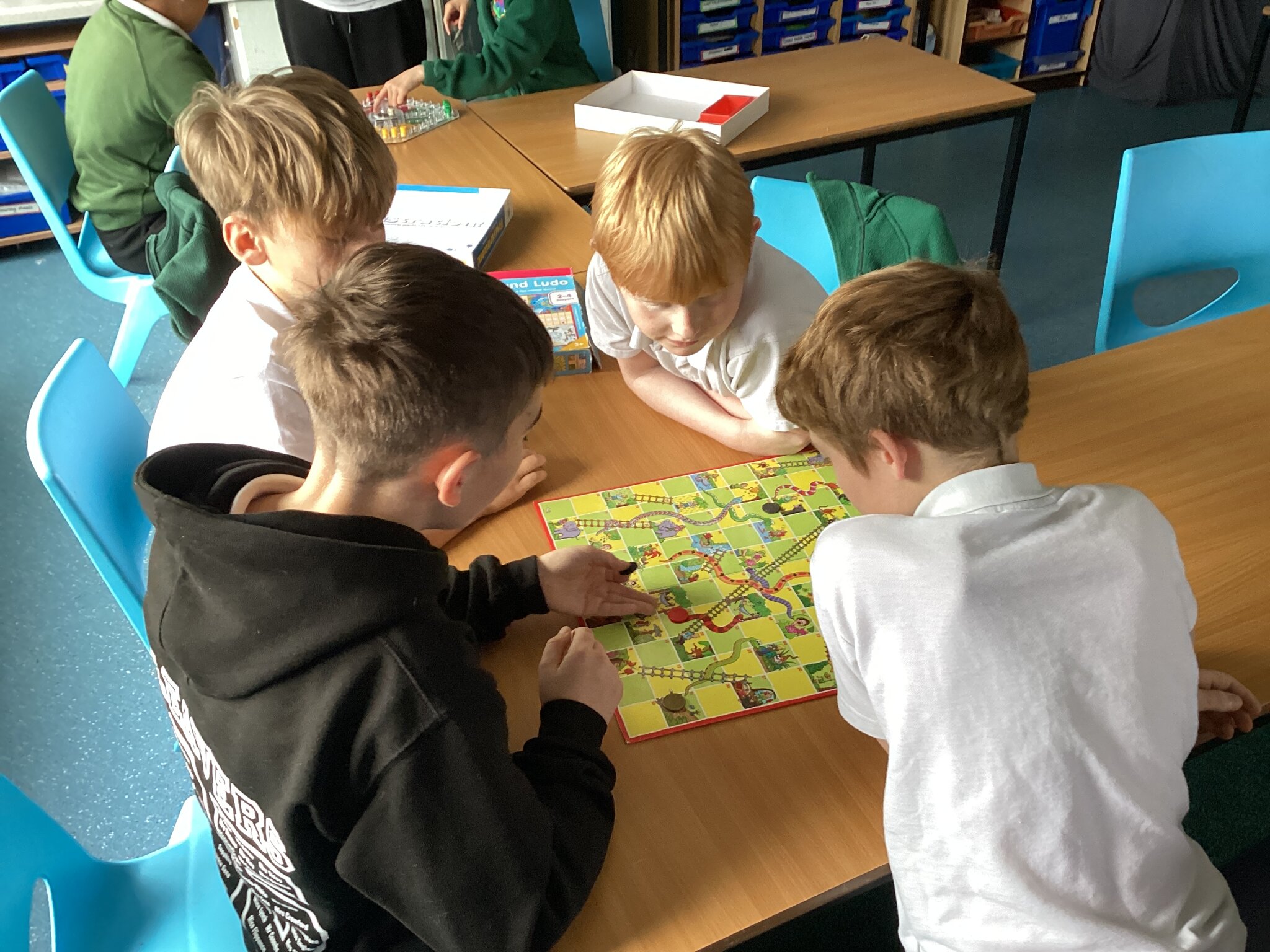
We have spent time this week practicing turn taking because of the following.
It is a way of helping children understand that communication is a two-way process. It encourages them to listen, wait, and engage in a structured back-and-forth exchange.
It fosters social skills like patience, waiting, and understanding social cues. It also promotes cooperation, empathy, and respect for others.
Turn taking stimulates brain activity related to language production and processing. Children learn new words and phrases by listening and engaging in these interactions, which supports their vocabulary growth.
Waiting for a turn helps children develop impulse control and learn to regulate their behaviour.
Understanding facial expressions and body language is a crucial aspect of turn-taking, which helps children develop their social perception skills.
